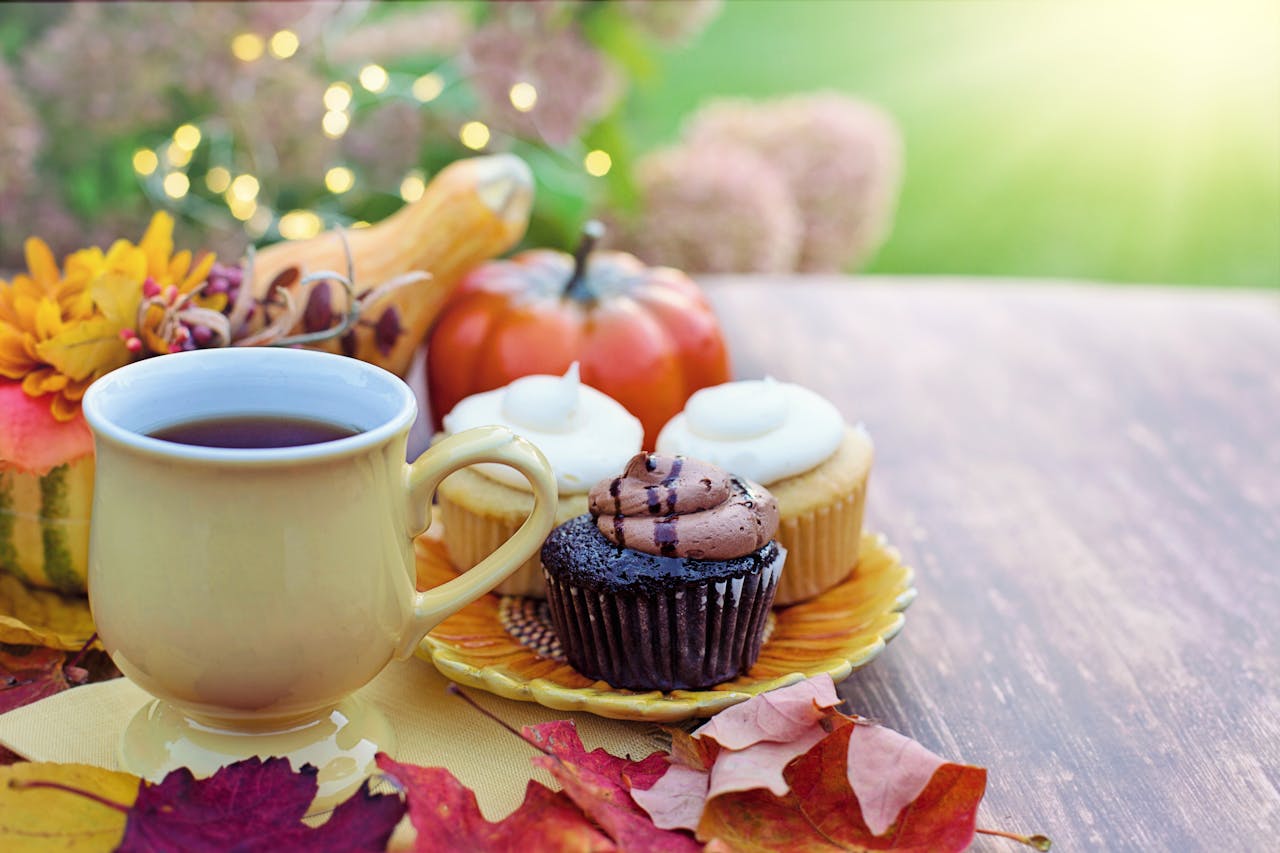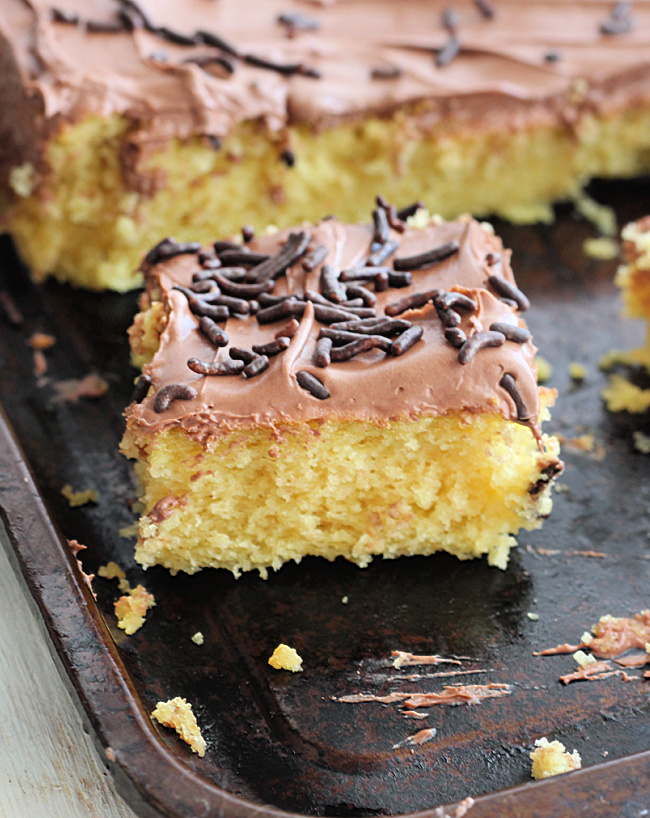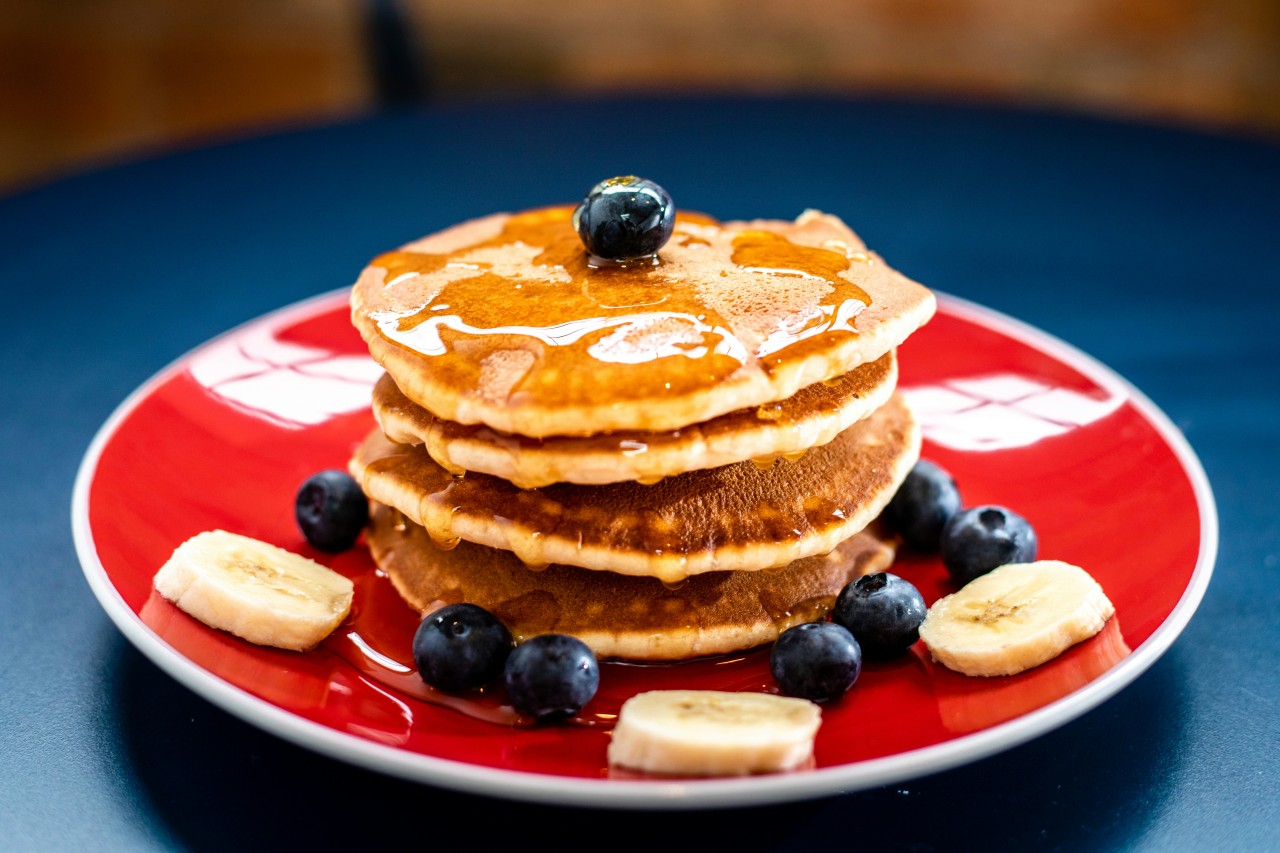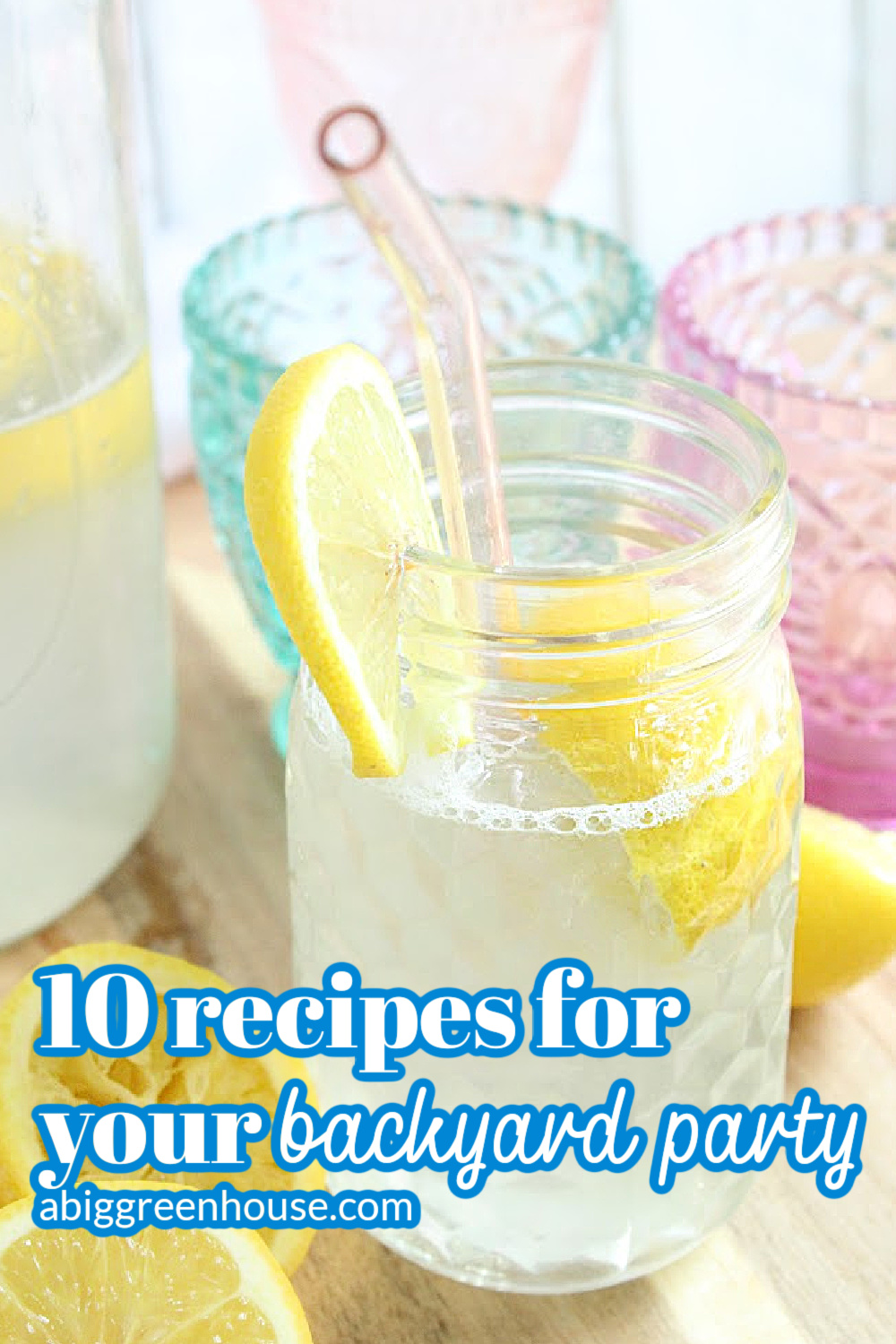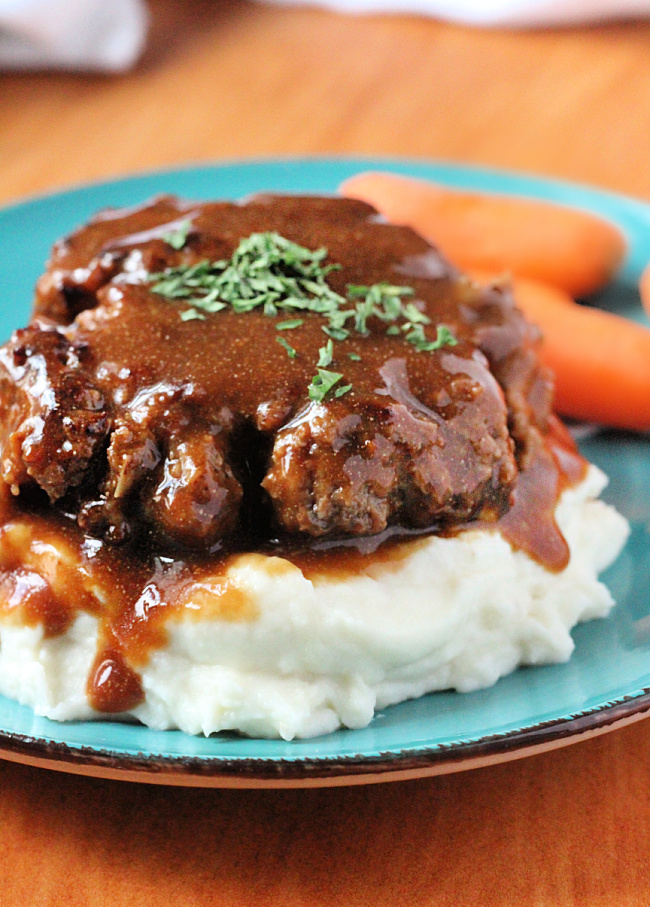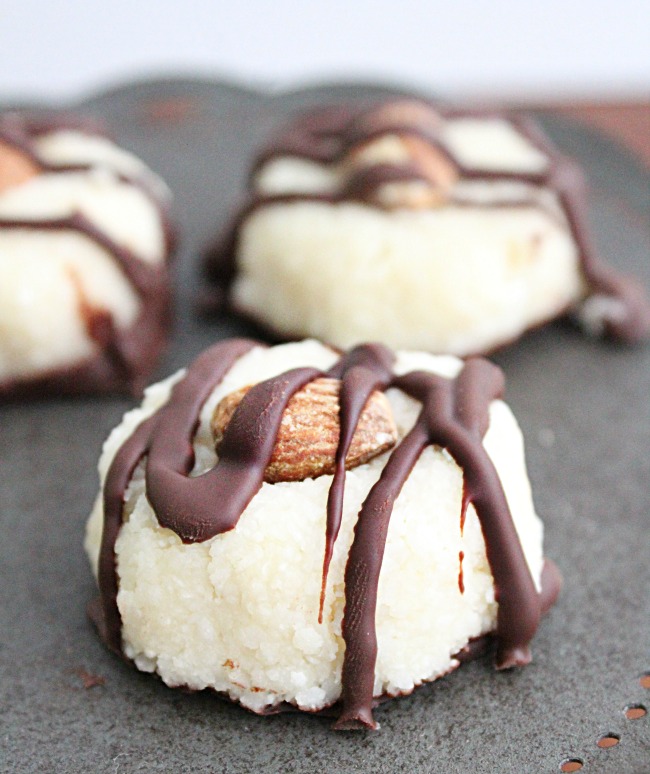10 ‘80s Halloween Traditions That Wouldn’t Fly Now
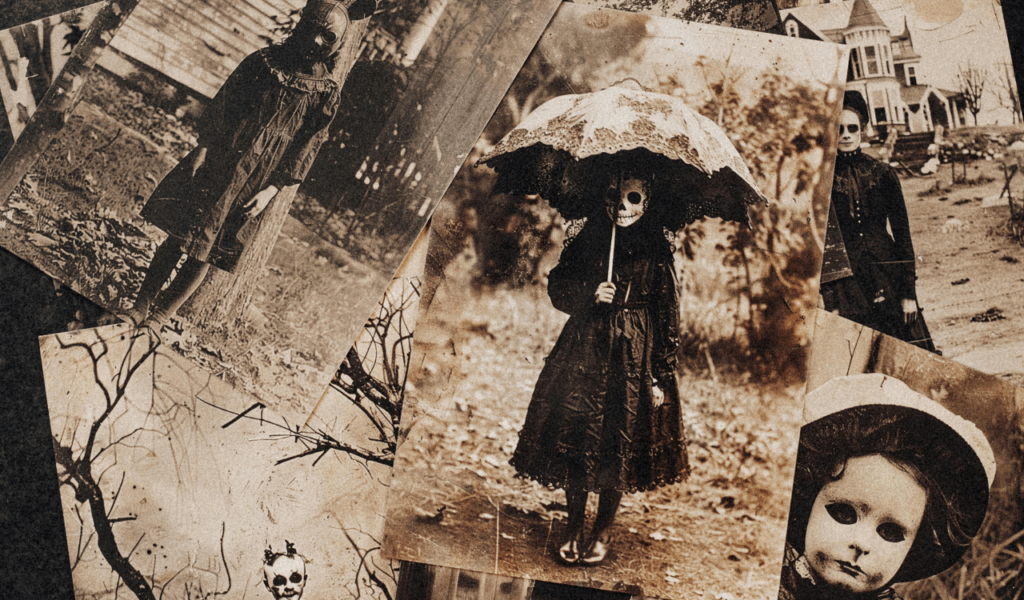
Halloween in the 1980s had a distinct, nostalgic feel to it, combining simplicity, kitsch, and a small amount of risk that would be frowned upon by modern safety regulations and sensibilities. Many of those customs have either disappeared or been modified for safety, inclusivity, or legal reasons in the decades that have followed. These ten customs-costume, candy, décor, and local traditions-were once widespread but are now frowned upon, questioned, or outright forbidden.
1. Plastic Full-Face Masks for Kids
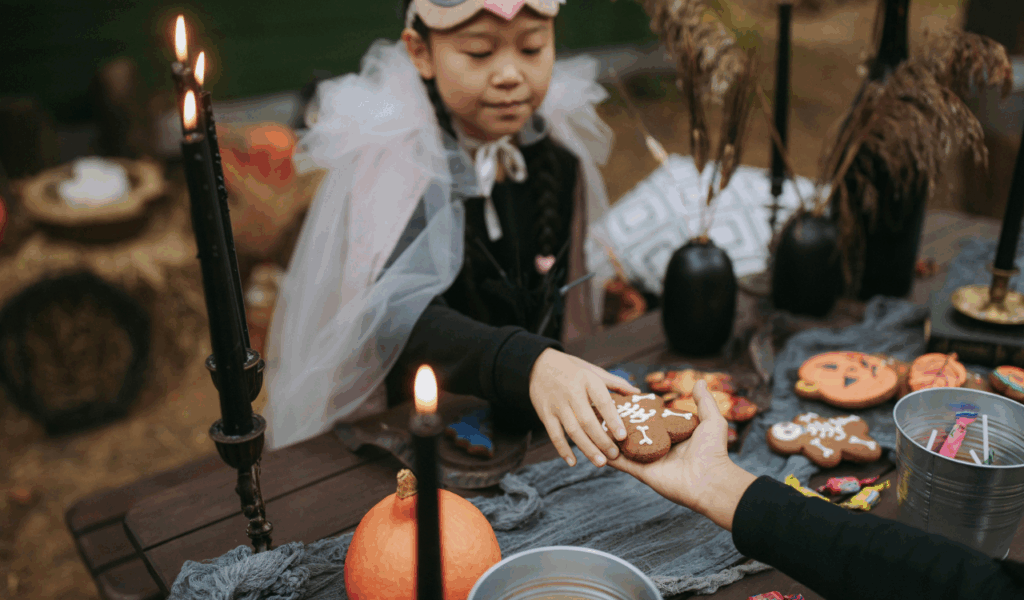
Cheap full-face plastic masks, frequently molded, stiff, and with hardly enough holes for the eyes, nose, and mouth, were a Halloween mainstay in the 1980s. Even in dark streets, children would wear them, sometimes stacking layers. However, these masks frequently had tight, squeezing elastic straps, poor visibility, and little ventilation. These days, parents prefer breathable, flexible face makeup or masks that are made with airflow and visibility in mind because fire and suffocation safety regulations are much stricter.
2. Treats From the Trunk of a Car
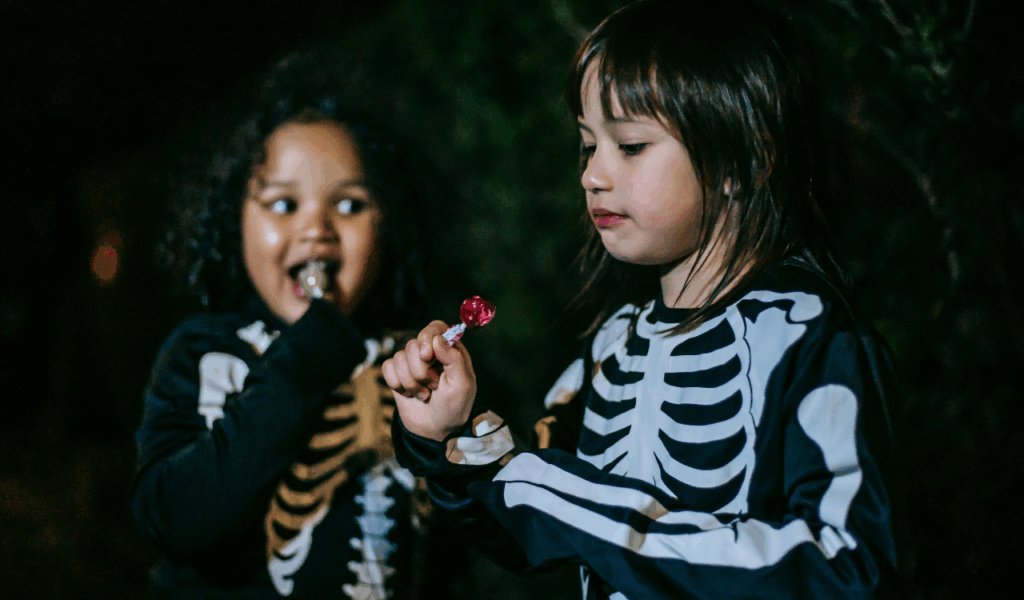
In certain neighborhoods, people would park and hand out candy from their car windows or tailgates, but “trunk-or-treat” events-where children line up at parked cars with open trunks and distribute candy-were less common. Sweets may be distributed by random cars in more rural or loosely regulated areas. Who is driving, what’s in the candy, supervision, and stranger danger are some of the serious safety and liability issues that would arise from that practice today. Trunk-or-treat events are now held in communities and schools under supervised, insured conditions.
3. Homemade “Candy Apples” Without Seals
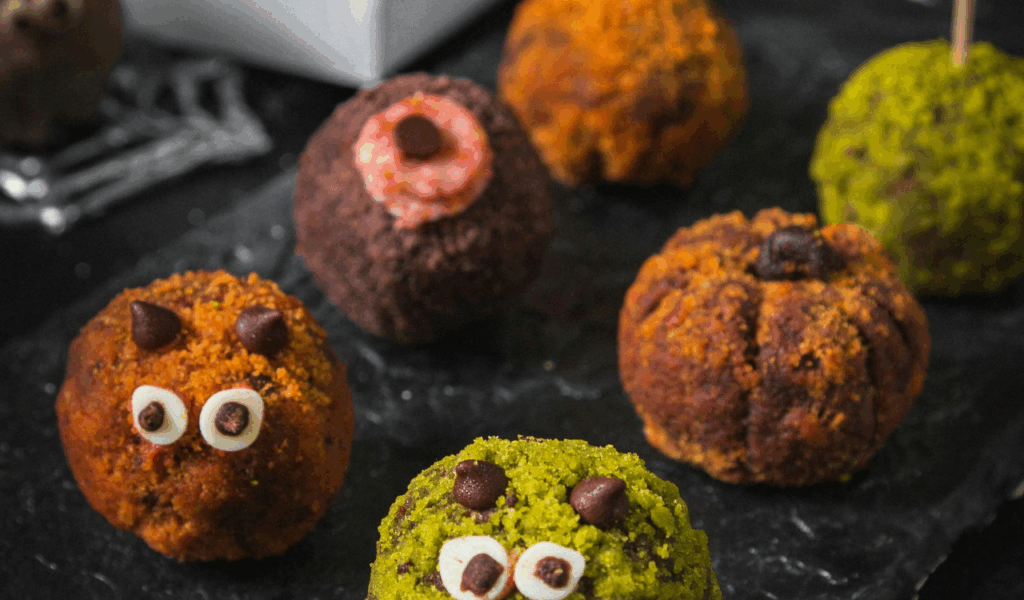
Candy apples, which are apples that have been dipped in caramel or sugar syrup, were frequently prepared at home and wrapped loosely in wax paper or cellophane. Many parents in the 1980s relied on friends, family, or local bakers to make them safely. Food safety regulations are stricter now. Red flags would be raised if homemade goods were delivered door-to-door or not sealed in a plastic bag. To comply with health code requirements, modern versions make use of commercial kitchens, tamper-evident labels, and wrapping.
4. “Trick” Vandalism as a Prank
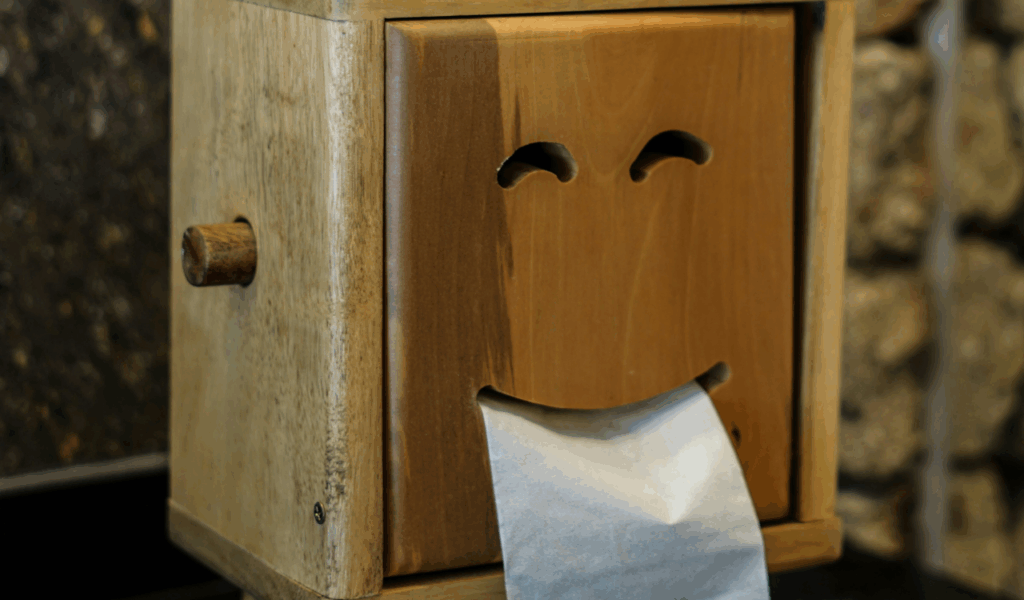
Once-accepted mischievous behaviors included “sugar bombing” yards (sprinkling confetti or granulated sugar), egging windows, and toilet-papering houses. Many people considered these tricks to be a part of the fun that night. These days, homeowners may call the police or file a lawsuit because they are usually regarded as vandalism, trespassing, or property damage. Such pranks are much less frequent and more punishable due to neighborhood associations and more stringent municipal ordinances.
5. Cheap, Untreated Decorations
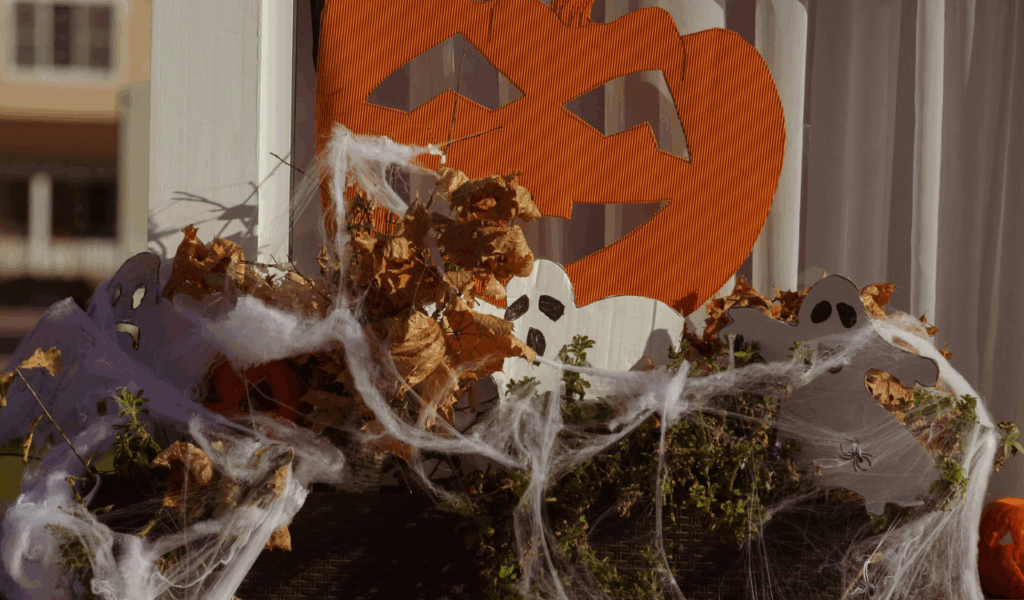
Candles, untreated hay bales, cardboard cutouts, and crepe paper streamers were all freely used in both indoor and outdoor displays in many homes during the 1980s. In some setups, open flames were even placed inside pumpkins near dry materials. These days, decorations are typically made of flame-retardant materials. Many municipalities mandate that indoor or porch displays use certified fire-safe materials, and fire codes discourage open flames near flammable decor.
6. Accepting Loose Candy from Strangers
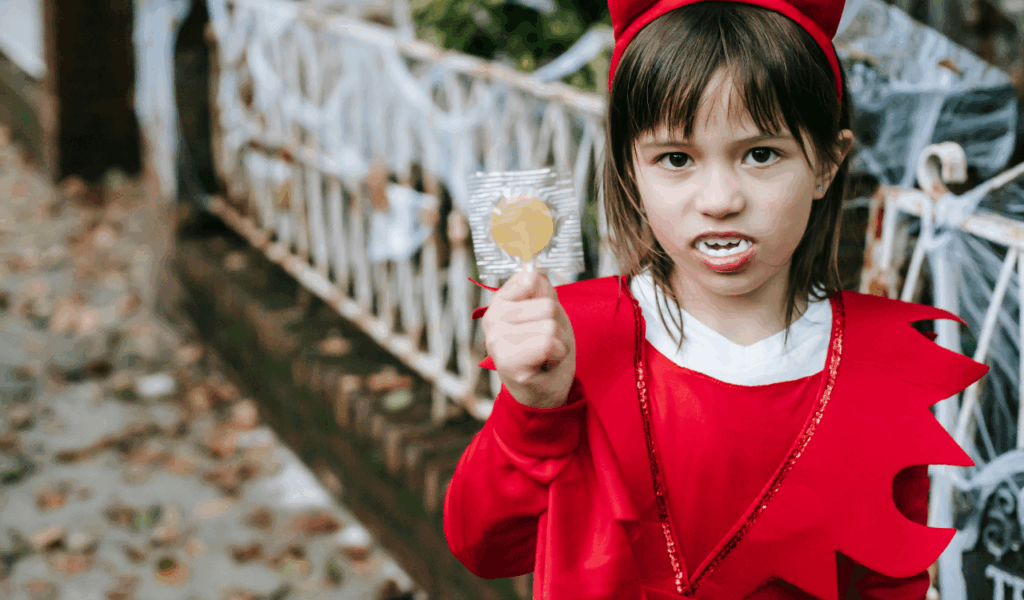
Candy was frequently given to children by strangers, whether it was at the end of a dark driveway, over a fence, or through a window. Frequently, this was carried out without examination. That is dangerous in the modern era due to concerns about tampering, choking hazards, and allergies. These days, kids are taught to only eat factory-wrapped food, undergo parental supervision, or attend widely reported neighborhood gatherings.
7. Scary Movie Night Marathons
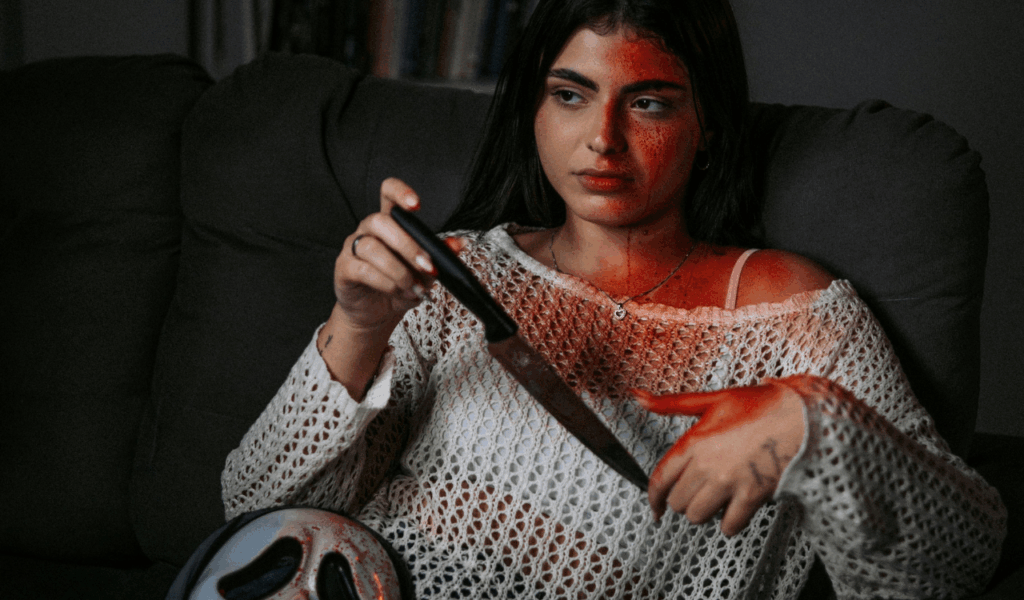
Back then, a lot of homes streamed VCR tapes or cable-based late-night horror movie marathons, including gore, psychological thrillers, and R-rated slashers. Teens frequently watched them late into the night with their friends. These days, streaming services limit underage viewing, content ratings are strictly enforced, and parents are more wary of their children being exposed to horror content. In a home with younger siblings, a midnight marathon may cause resentment or anxiety.
8. Costume Contests with No Inclusion or Sensitivity
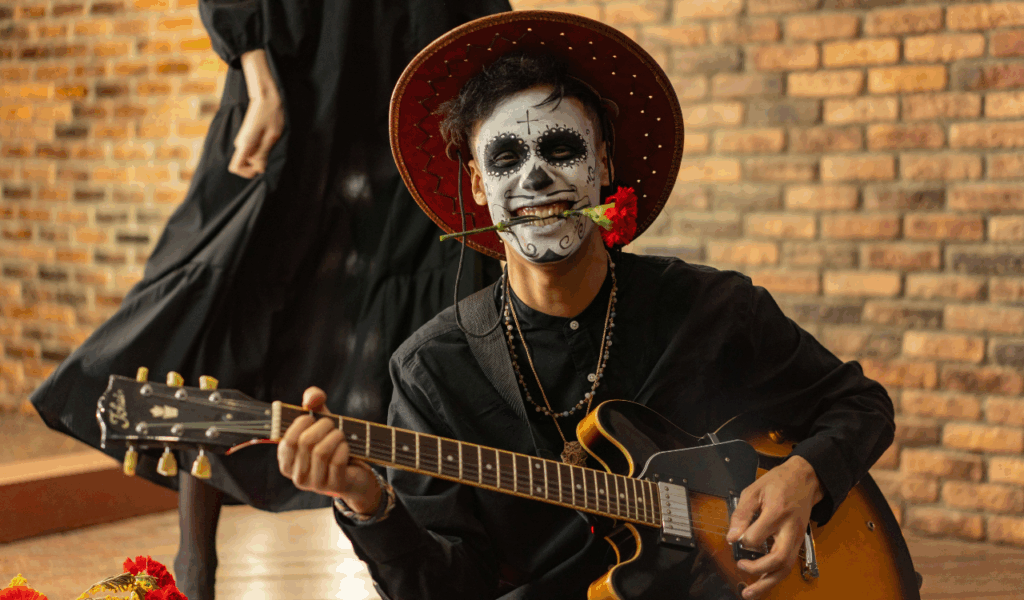
Shock value, gore, or taboo elements are frequently used to determine the best-worst costumes in school, mall, or local carnival competitions. Insensitive costumes, offensive stereotypes, and cultural appropriation were widespread and rarely challenged. These days, organizers pay much more attention to cultural sensitivity, inclusivity, and avoiding costumes that make fun of people’s race, religion, body types, or disabilities. Nowadays, most rules forbid anything harmful or offensive.
9. Glow Sticks Inside Pumpkins
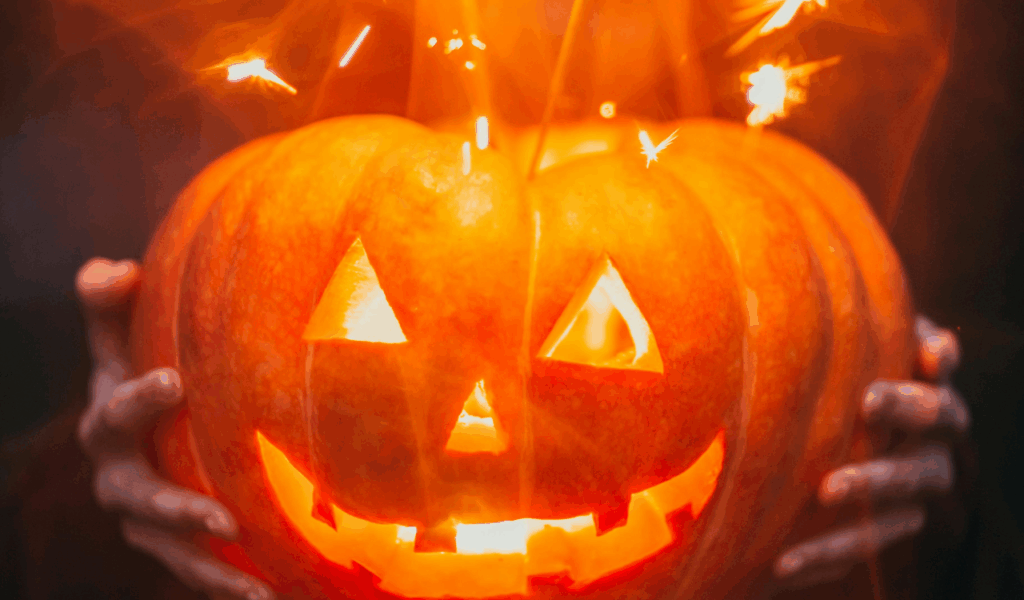
Putting glow sticks or chemical light sticks inside carved pumpkins to make them glow was a traditional trick. Chemical glow sticks are electrically safe and contain trace amounts of non-toxic materials, but they can leave stains or cause mild skin irritation if they leak or crack. In order to prevent spills and chemical exposure-especially in areas where pets or small children may come into contact with them-many people now favor LED tealights or battery-operated lights.
10. Exploratory Trick-or-Treating into Neighborhoods Without Boundaries
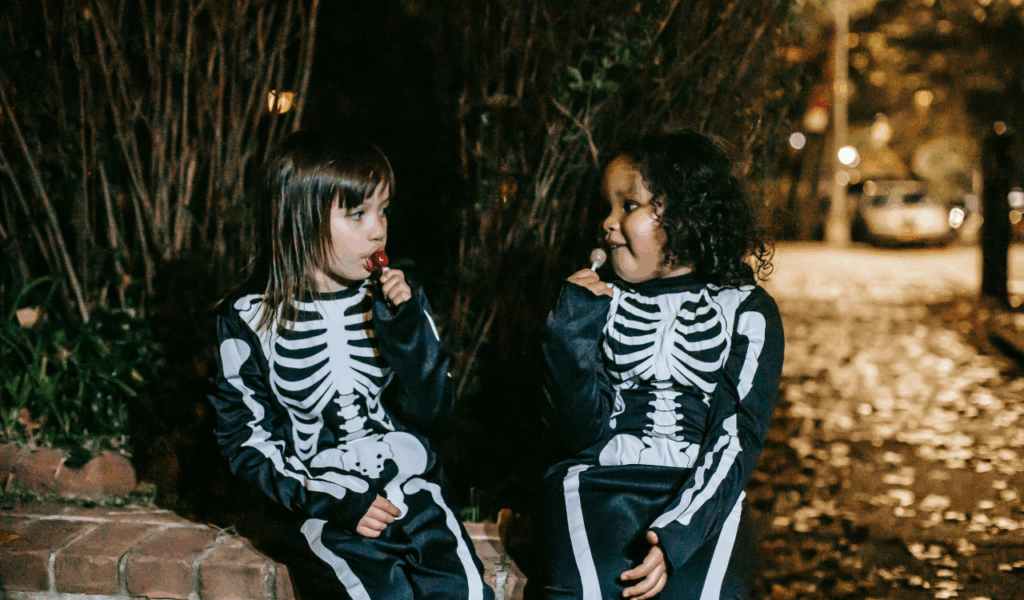
Some daring trick-or-treaters in the 1980s would linger into the night, wandering through entire subdivisions or even crossing into unfamiliar neighborhoods and isolated streets. Route mapping, IDs, and safety checks were not as expected or coordinated. These days, many kids stick to established trick-or-treat zones or well-known routes because of curfews, safe zone maps, parental monitoring, and increased anxiety about interacting with strangers.
